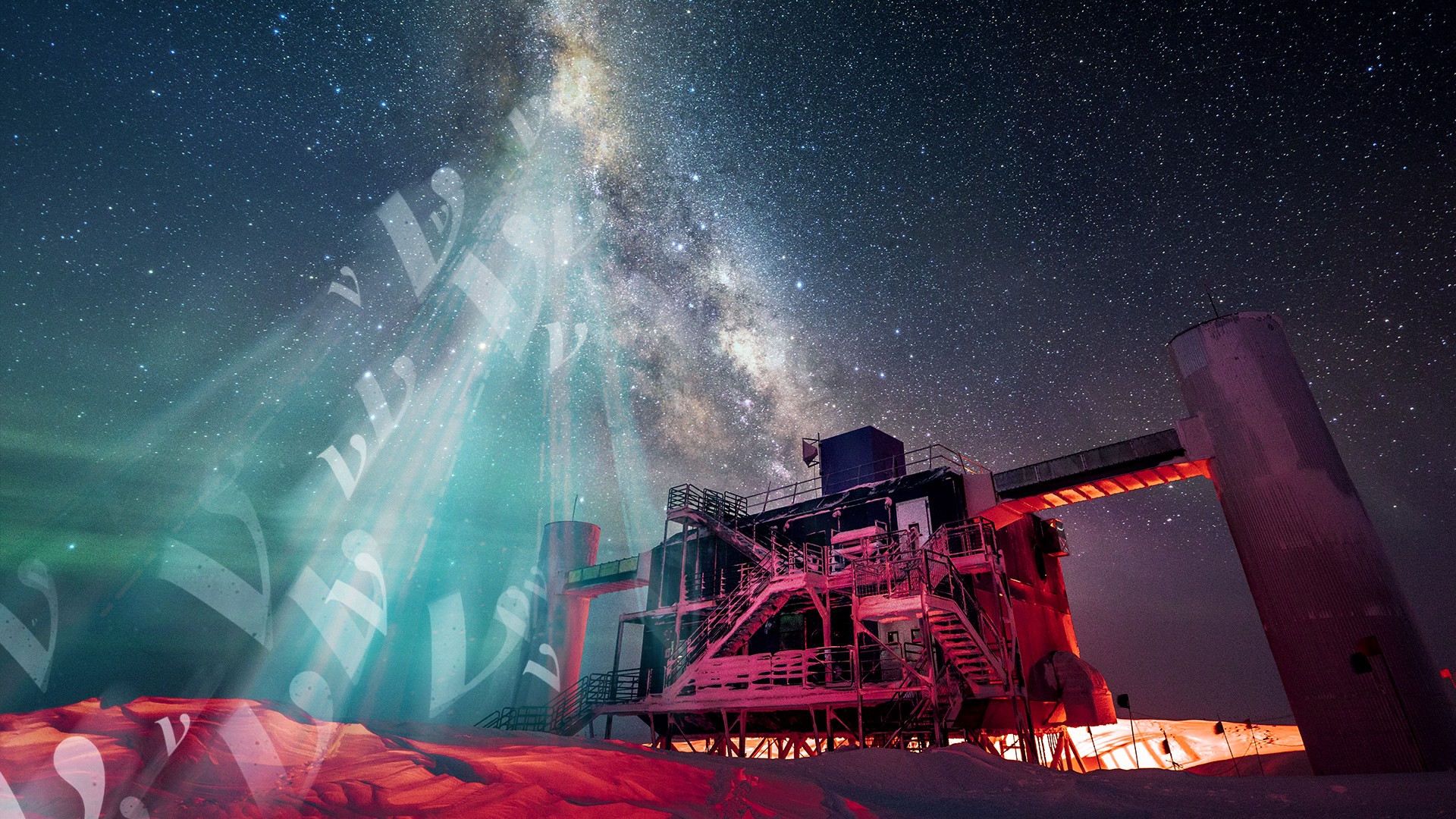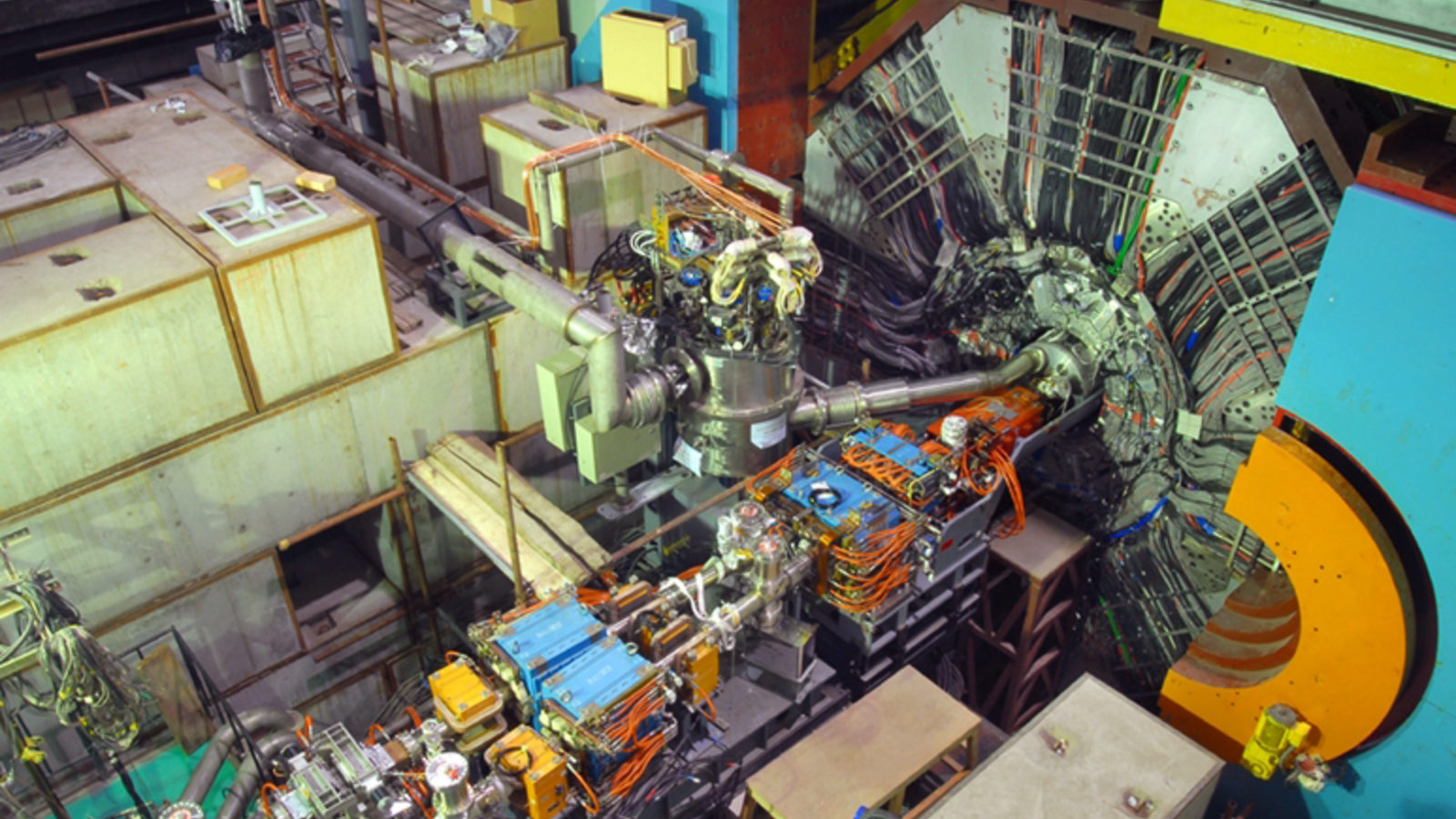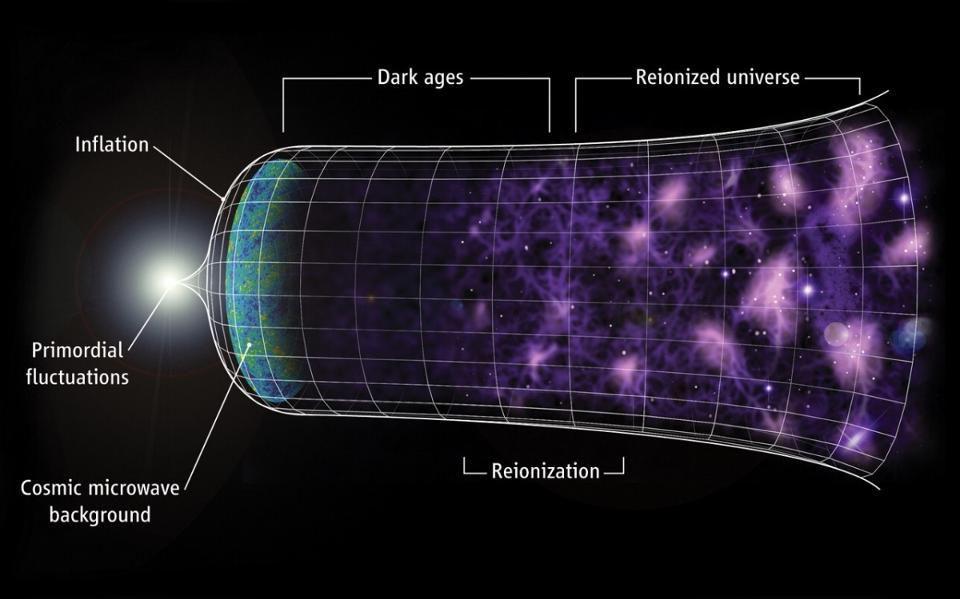When the hot Big Bang first occurred, the Universe reached a maximum temperature never recreated since. What was it like back then?
Search Results
You searched for: energy
The Universe has been creating stars for nearly all 13.8 billion years of its history. But those photons can’t match the Big Bang’s light.
In the 20th century, many options abounded as to our cosmic origins. Today, only the Big Bang survives, thanks to this critical evidence.
IceCube scientists have detected high-energy tau neutrinos from deep space, suggesting that neutrino transformations occur not only in lab experiments but also over cosmic distances.
When it comes to predicting the energy of empty space, the two leading theories disagree by a factor of 100 googol quintillion.
They are expected to be cheaper to build and even more reliable than today’s nuclear plants.
In the earliest stages of the hot Big Bang, equal amounts of matter and antimatter should have existed. Why aren’t they equal today?
The zero-point energy of empty space is not zero. Even with all the physics we know, we have no idea how to calculate what it ought to be.
Almost everyone asserts that the Big Bang was the beginning of everything, followed by inflation. Has everyone gotten the order wrong?
The second law of thermodynamics is an inviolable law of reality. Here’s what everyone should know about closed, open, and isolated systems.
Within our observable Universe, there’s only one Earth and one “you.” But in a vast multiverse, so much more becomes possible.
Most fundamental constants could be a little larger or smaller, and our Universe would still be similar. But not the mass of the electron.
The lithium-ion alternatives could help create a safer, greener future.
Our thermodynamic arrow of time explains why the entropy of any isolated system always increases. But it can’t explain what we perceive.
The observation that everything we know is made out of matter and not antimatter is one of nature’s greatest puzzles. Will we ever solve it?
Our Universe requires dark matter in order to make sense of things, astrophysically. Could massive photons do the trick?
There are a wide variety of theoretical studies that call our Standard Model of cosmology into question. Here’s what they really mean.
The last naked-eye Milky Way supernova happened way back in 1604. With today’s detectors, the next one could solve the dark matter mystery.
The National Ignition Facility just repeated, and improved upon, their earlier demonstration of nuclear fusion. Now, the true race begins.
Measurements of the acceleration of the universe don’t agree, stumping physicists working to understand the cosmic past and future. A new proposal seeks to better align these estimates — and is likely testable.
Back during the hot Big Bang, it wasn’t just charged particles and photons that were created, but also neutrinos. Where are they now?
It would get rid of our hazardous, radioactive, and pollutive waste for good, but physics tells us it’s a losing strategy for elimination.
Time is relative, not absolute, as gravity and motion both cause time to dilate. Your head and feet, therefore, don’t age at the same rate.
In the early stages of the hot Big Bang, matter and antimatter were (almost) balanced. After a brief while, matter won out. Here’s how.
Because of dark energy, distant objects speed away from us faster and faster as time goes on. How long before every galaxy is out of reach?
The mass that gravitates and the mass that resists motion are, somehow, the same mass. But even Einstein didn’t know why this is so.
Scientific surprises, driven by experiment, are often how science advances. But more often than not, they’re just bad science.
Traveling back in time is a staple of science fiction movies. But according to Einstein, it’s a physical possibility that’s truly allowed.
Dark matter’s hallmark is that it gravitates, but shows no sign of interacting under any other force. Does that mean we’ll never detect it?
If the Universe is expanding, and the expansion is accelerating, what does that tell us about the cause of the expanding Universe?





























